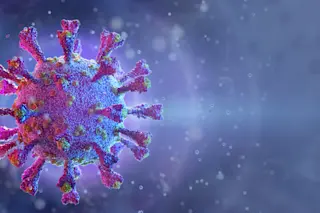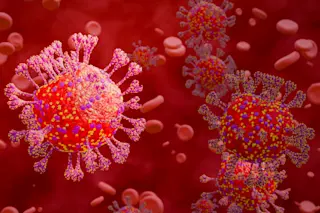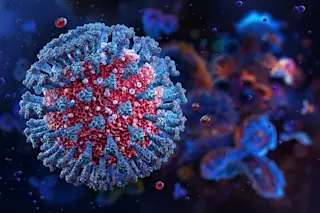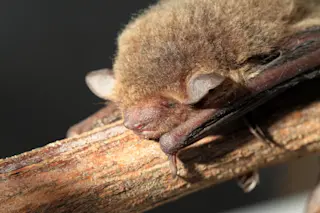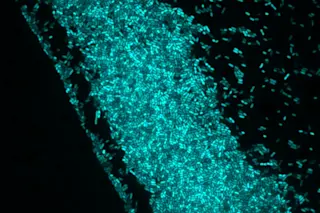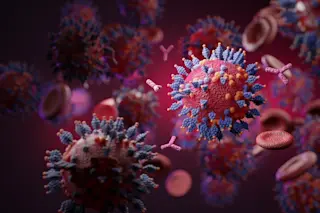As someone who writes a lot about evolutionary biology, I've often had people say to me, "I just can't believe that evolved." Originally, that referred to the lovely side of nature--the beauty of flowers, for example, or the grace of birds in flight. The implication was that these things were so beautiful and intricate that they had to be created for a purpose--a beautiful purpose, obviously. But after I started writing about parasites, that underwent a fascinating change. Parasites may be deadly and gross, but they also have some mind-boggling adaptations. Most mind-boggling of all is the way many species travel through two or more hosts during their life cycle. Some flukes live first in snails, which cough them up in slime balls, then in the ants that eat the slime balls. Then the flukes drive the ants up a blade of grass, so that they can be eaten by ...
Divine Worms
Explore the evolution of parasite life cycle, revealing how parasites adapt to multiple hosts, including tapeworms.
More on Discover
Stay Curious
SubscribeTo The Magazine
Save up to 40% off the cover price when you subscribe to Discover magazine.
Subscribe




